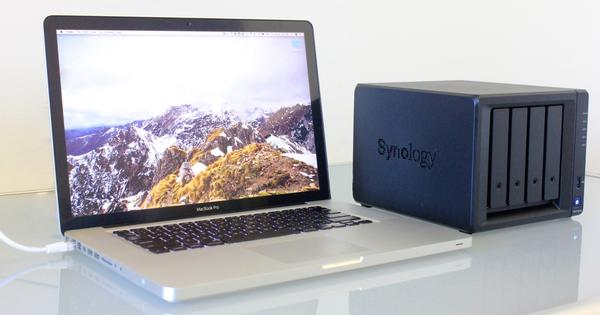Is your iPhone broken, have you lost the device or have you forgotten it somewhere? Then you suddenly do not have all kinds of information at your disposal. Do you have the Mac where you backed up your iPhone? Then you can use the backup to retrieve phone numbers or other contact details and to look up messages, photos or other data. This guide shows you how to copy information from a backup to your Mac.
A backup is stored by iTunes in a special file that cannot be opened just like that. You therefore need special software to extract and search the backup. Via Google you will soon come across all kinds of paid and relatively expensive apps that offer this option. Fortunately, there is also a free solution: iBackup Viewer.
iBackup Viewer is an app of less than 3MB in size. The app offers almost all options that paid competitors also offer, but is available completely free of charge. The app allows you to copy your contact information, conversation history, sent messages, notes, audio recordings, and photos backed up with iTunes to your Mac. In addition, the app also offers the possibility to view an overview of the last web pages you have visited via Safari and you can view an overview of all installed apps.
Getting started with iBackup Viewer
iBackup Viewer is available from the developer's website, iMacTools. As soon as you open the app for the first time, iBackup Viewer will search for backups made using iTunes. Is something unexpected going wrong here? Then you can have the app manually search for backups by selecting the menu iBackup Viewer to open and the option Check for updates to choose.
The app has an intuitive and user-friendly interface, so that you can immediately find your way in the app. Have you saved backups from different devices on your Mac? Then you can select the backup you want to view in the top left corner of the window. Behind the name of the backup is the date on which it was made.

Choose which backup you want to view
The bar on the left side of the screen shows the different parts of the backup that you can view. This includes contact details, your conversation history, messages, notes, sound recordings, visited websites, photos and applications. As soon as you open a tab, the information is shown on the right side of the window. You can view all kinds of detailed information. For example, you can read back an entire conversation that you have had via Messages in iBackup Viewer or view the contents of notes.
Save data from the backup to your Mac
Do you come across data that you would like to store on your Mac? Then you can easily export the data to your Mac. This way you can copy contact details from a backup to the app with one push of a button Contacts on your Mac. Websites you've searched through Safari on your iPhone can be bookmarked into Safari on your Mac. Photos are simply placed on your Mac's hard drive.

All kinds of data from a backup can be viewed via iBackup Viewer
Want to back up a contact's information to your Mac? First select the tab Contacts in iBackupViewer. You will now see an overview of all contact details stored in the backup. Click on a contact to view the information stored about this person.
Find the correct contact person and select it by clicking on the name. Click on it gear above the overview with contact details to view the available options. Choose the option Save Person to save the selected contact in Contacts. Do you want to copy all contact information from the backup to your Mac? Then choose the option Save All to Groups to add the data, including any groups, to Contacts on your Mac. Do you not want to copy these groups and therefore only copy the contact details? Then choose the option Save All to Contacts.

Click the gear to save data from the backup to your Mac
Other data can also be copied to your Mac in this way. Locate the data you want to copy and click the gear to view the options iBackup Viewer offers for this type of data.

